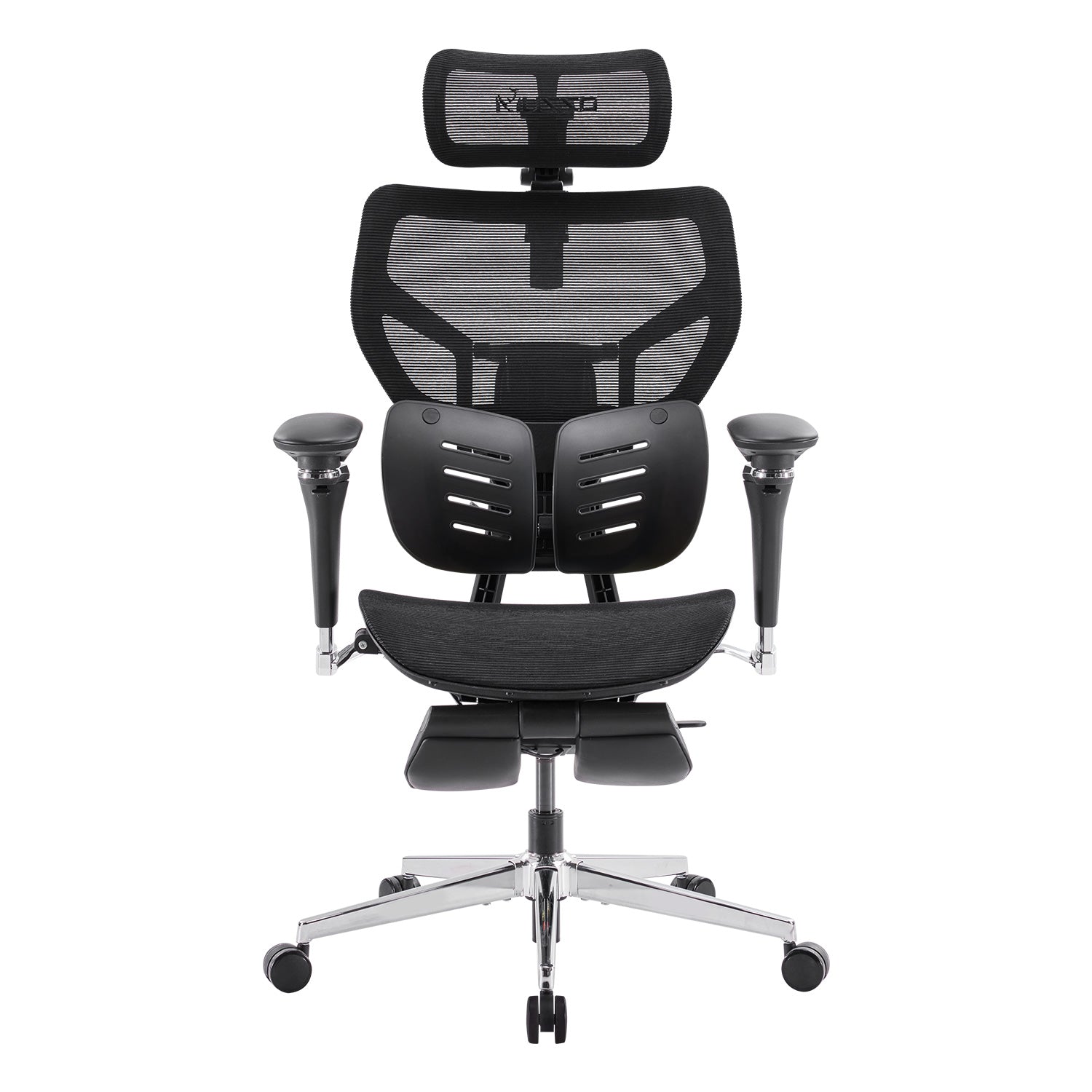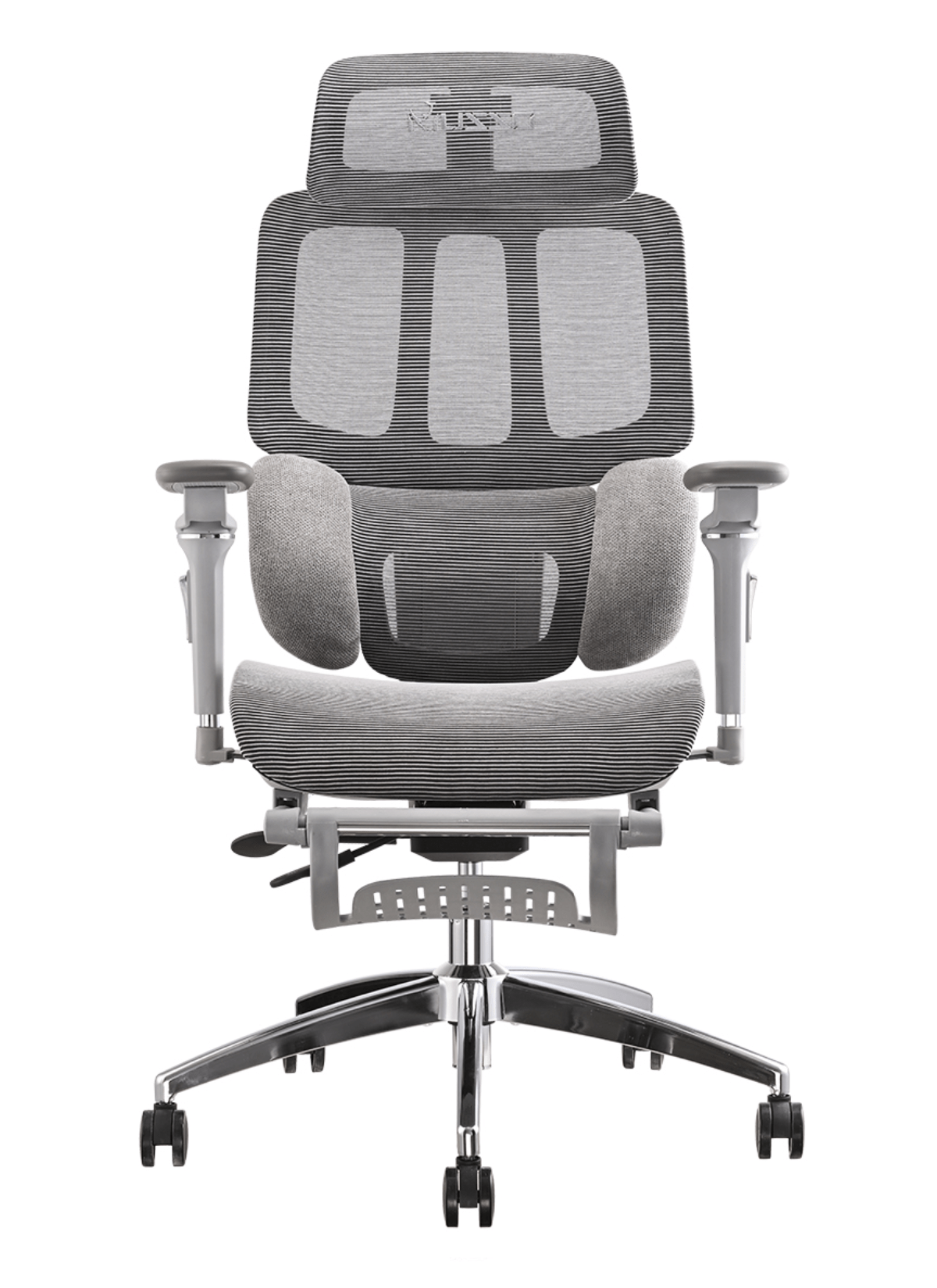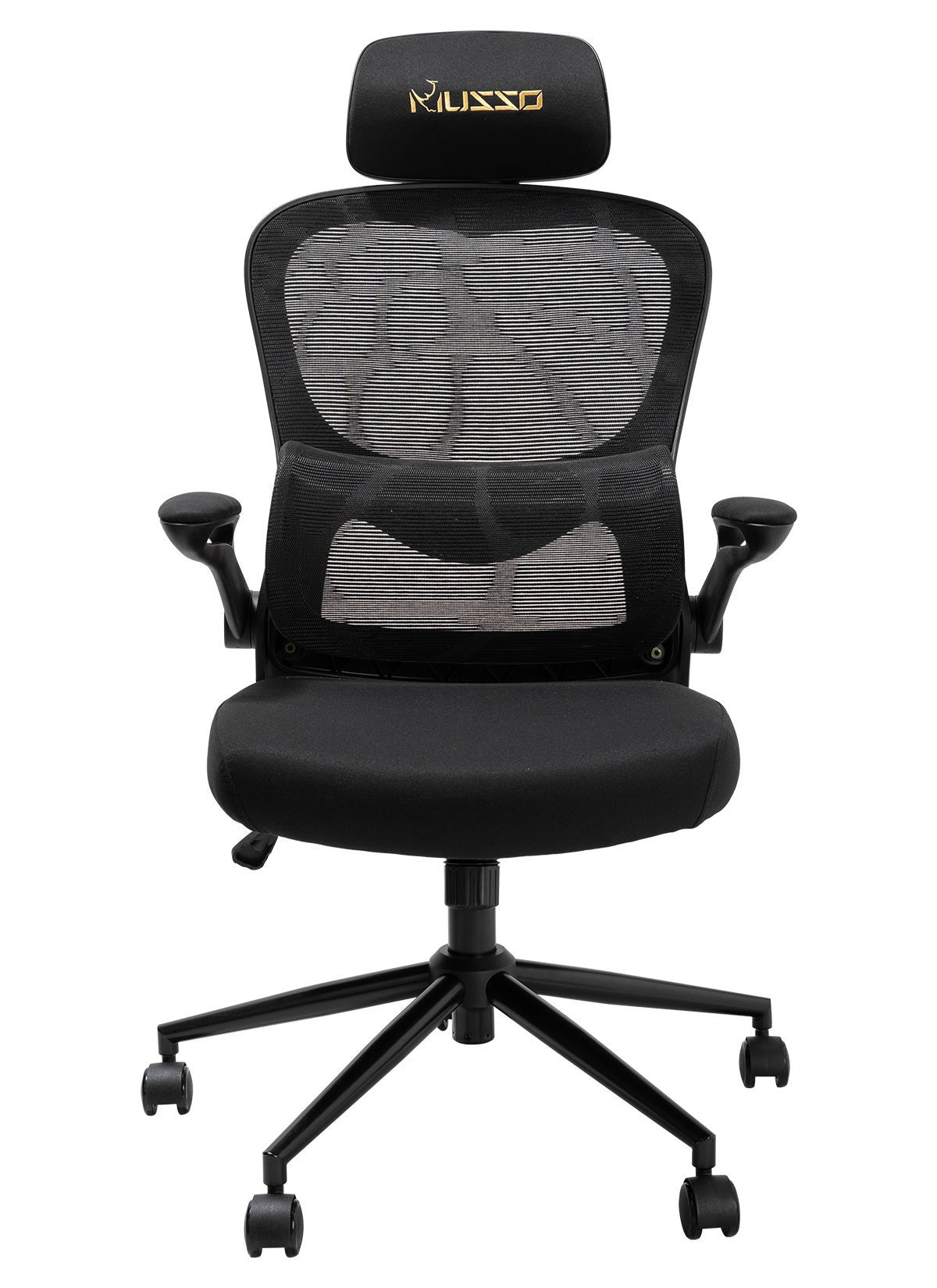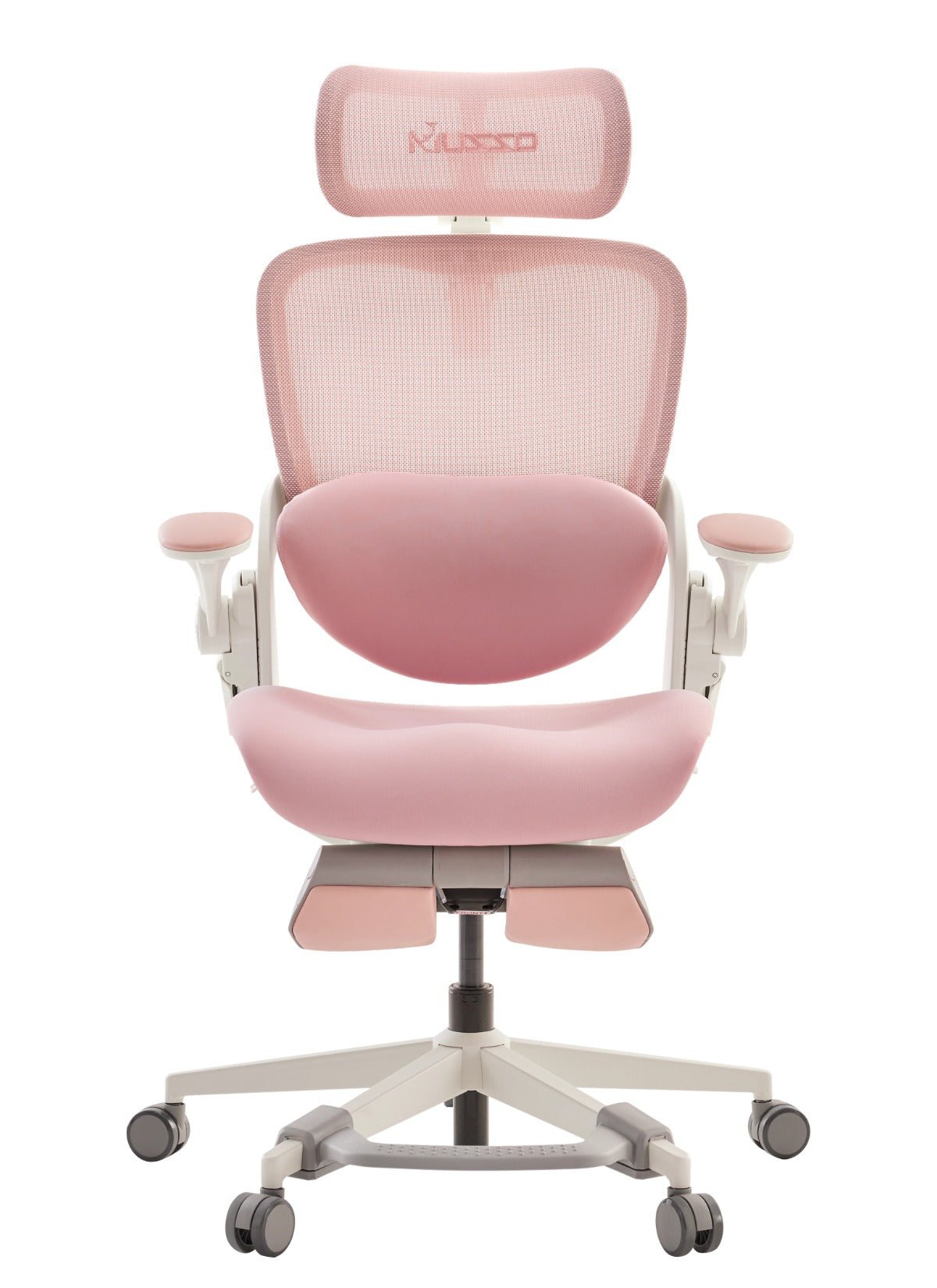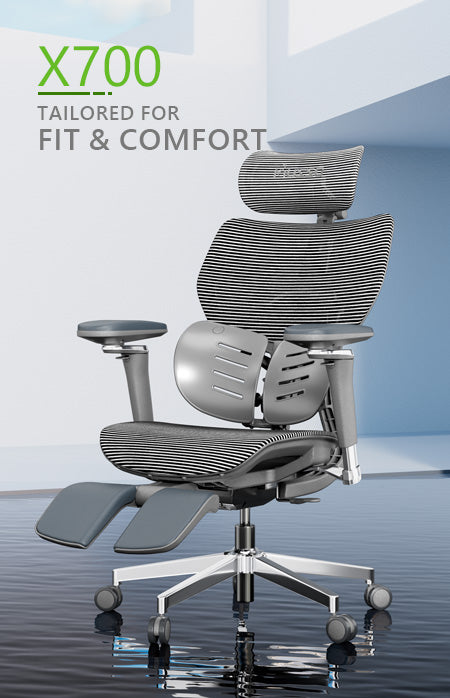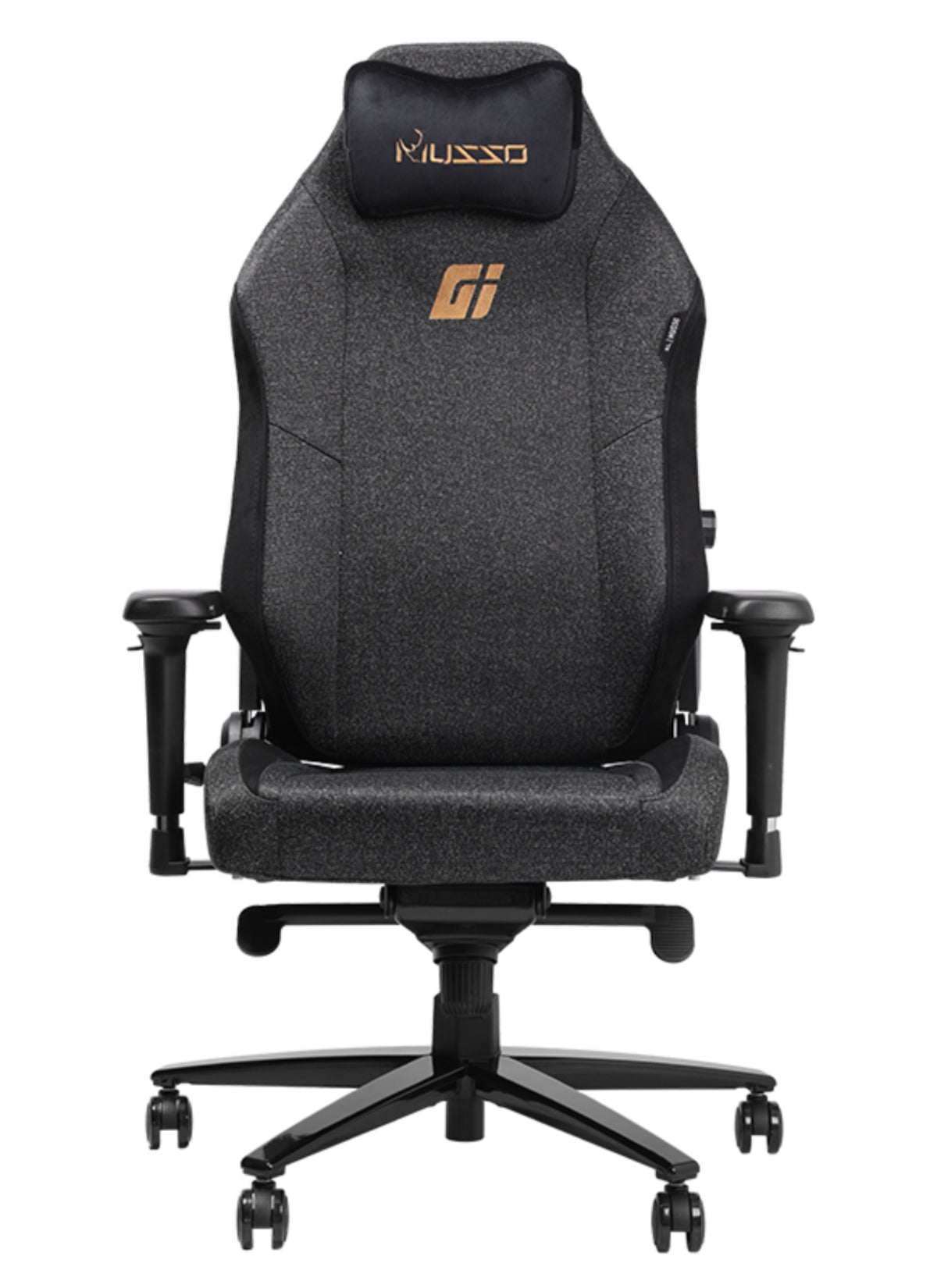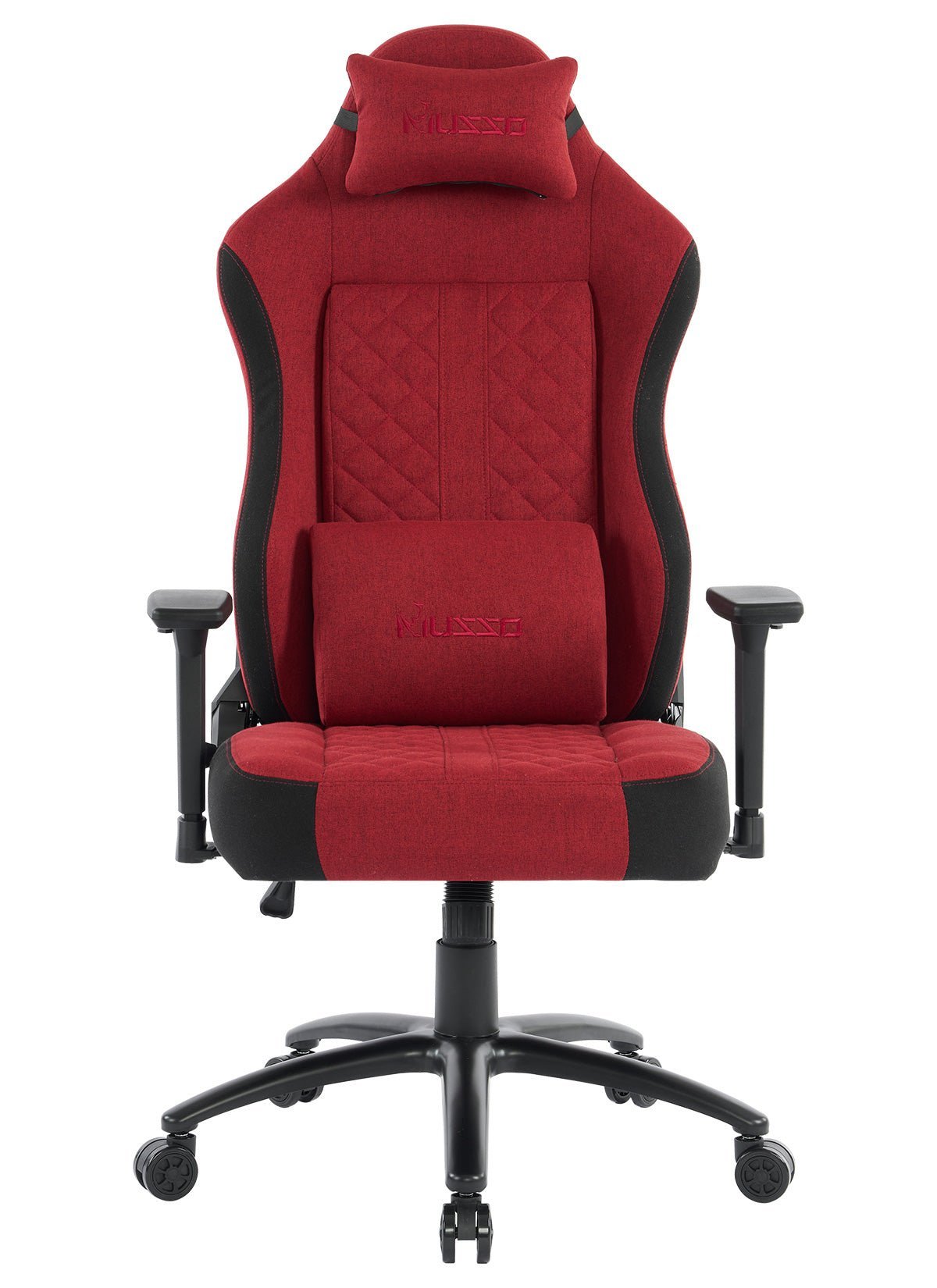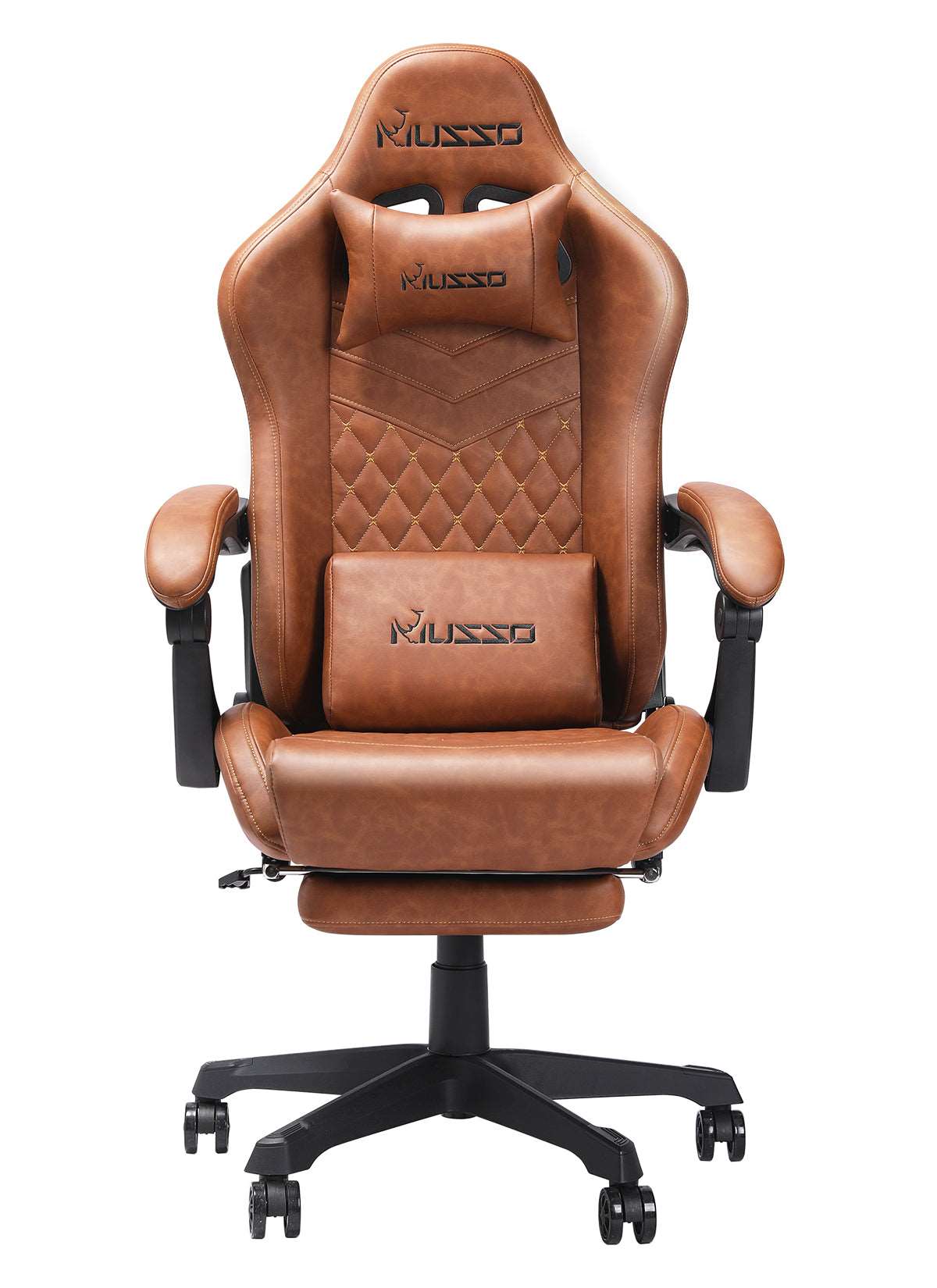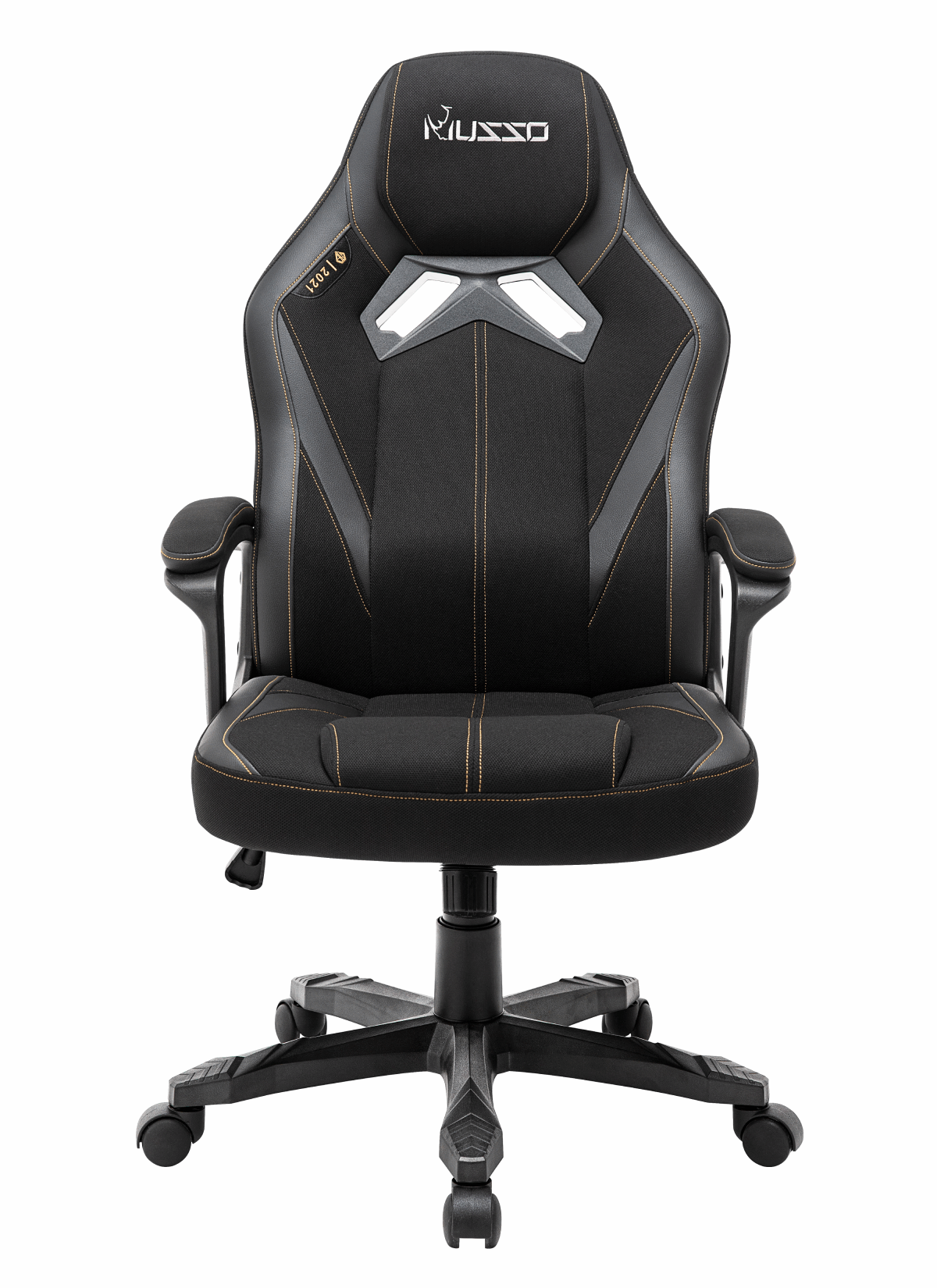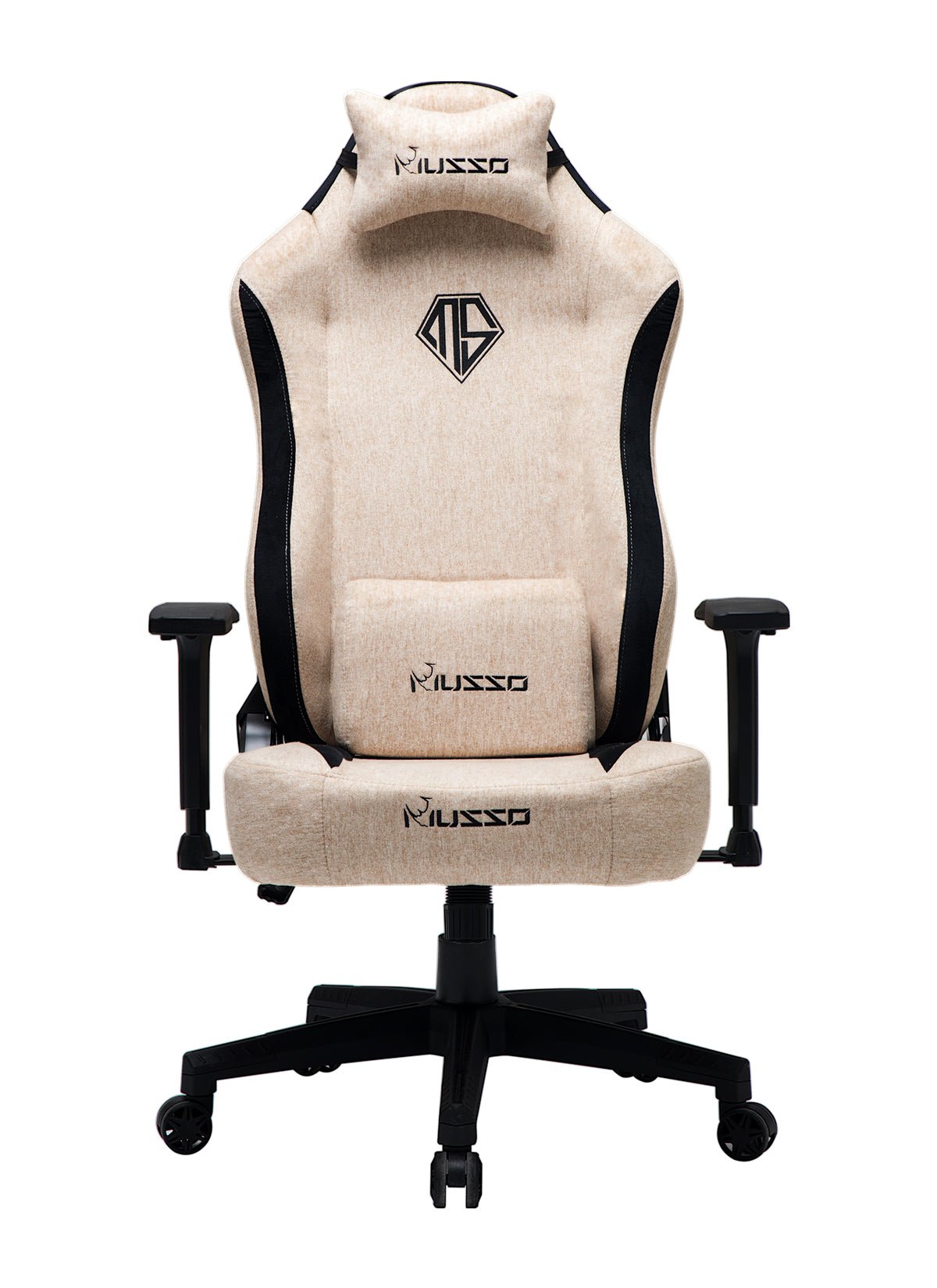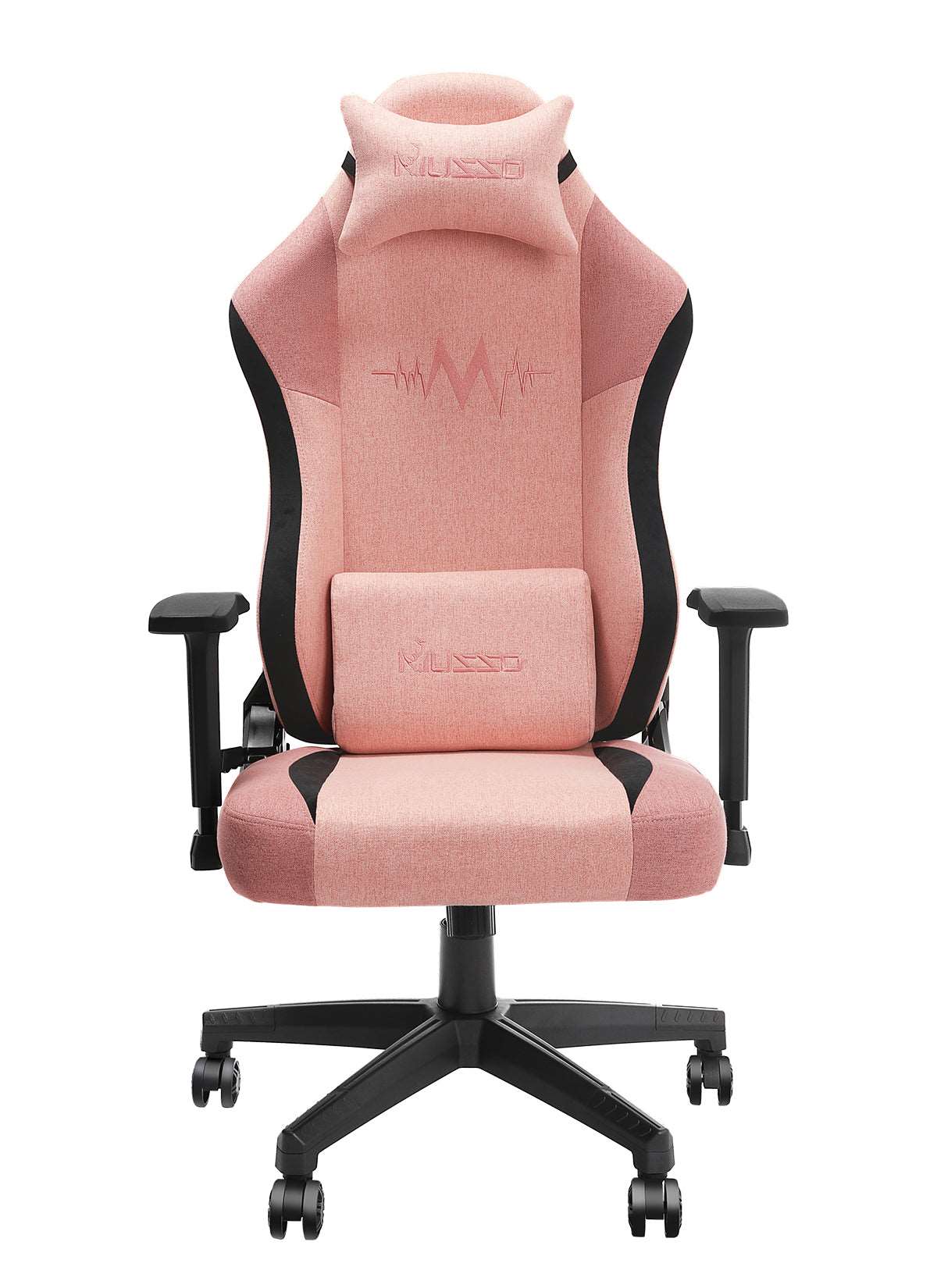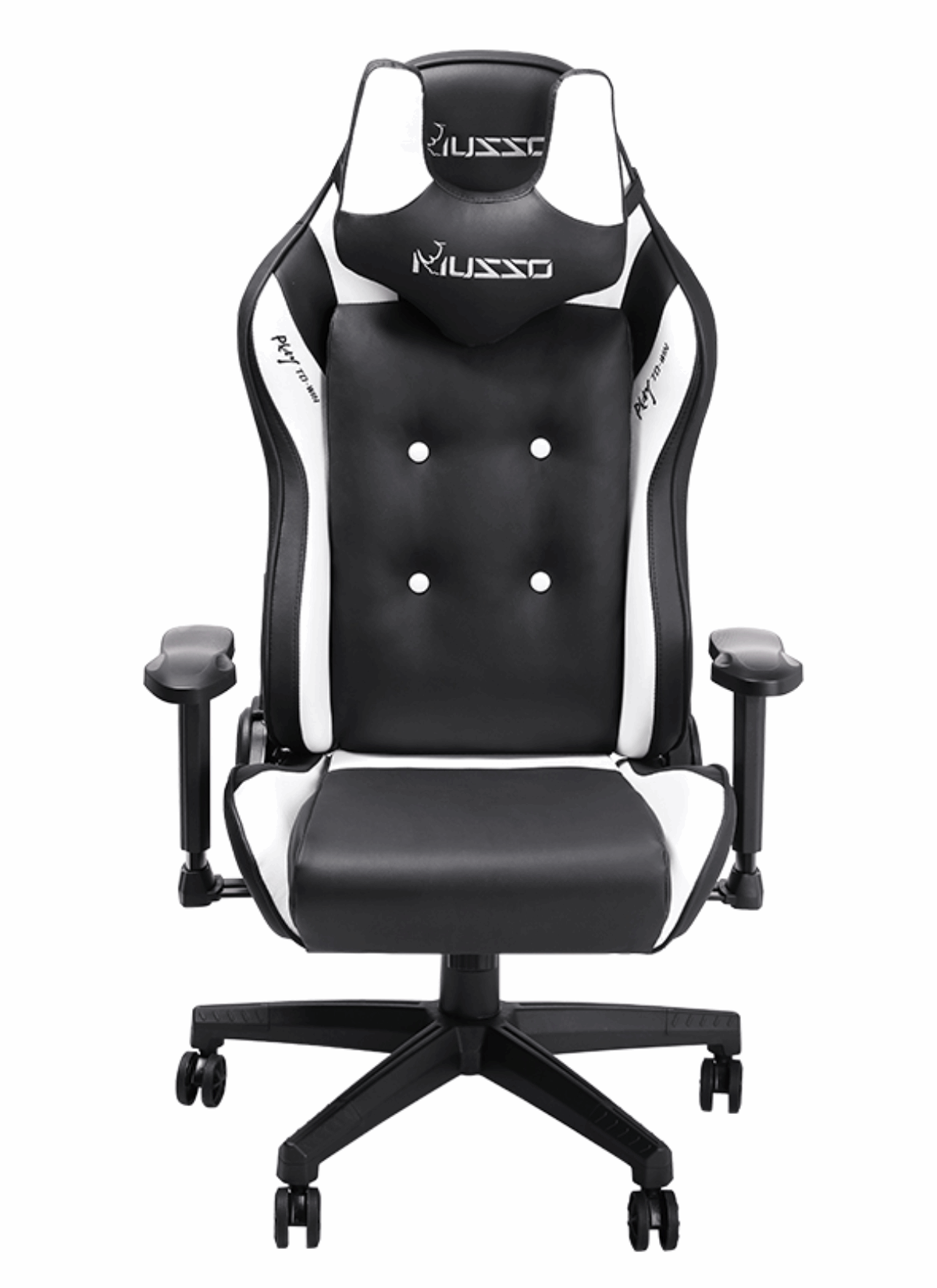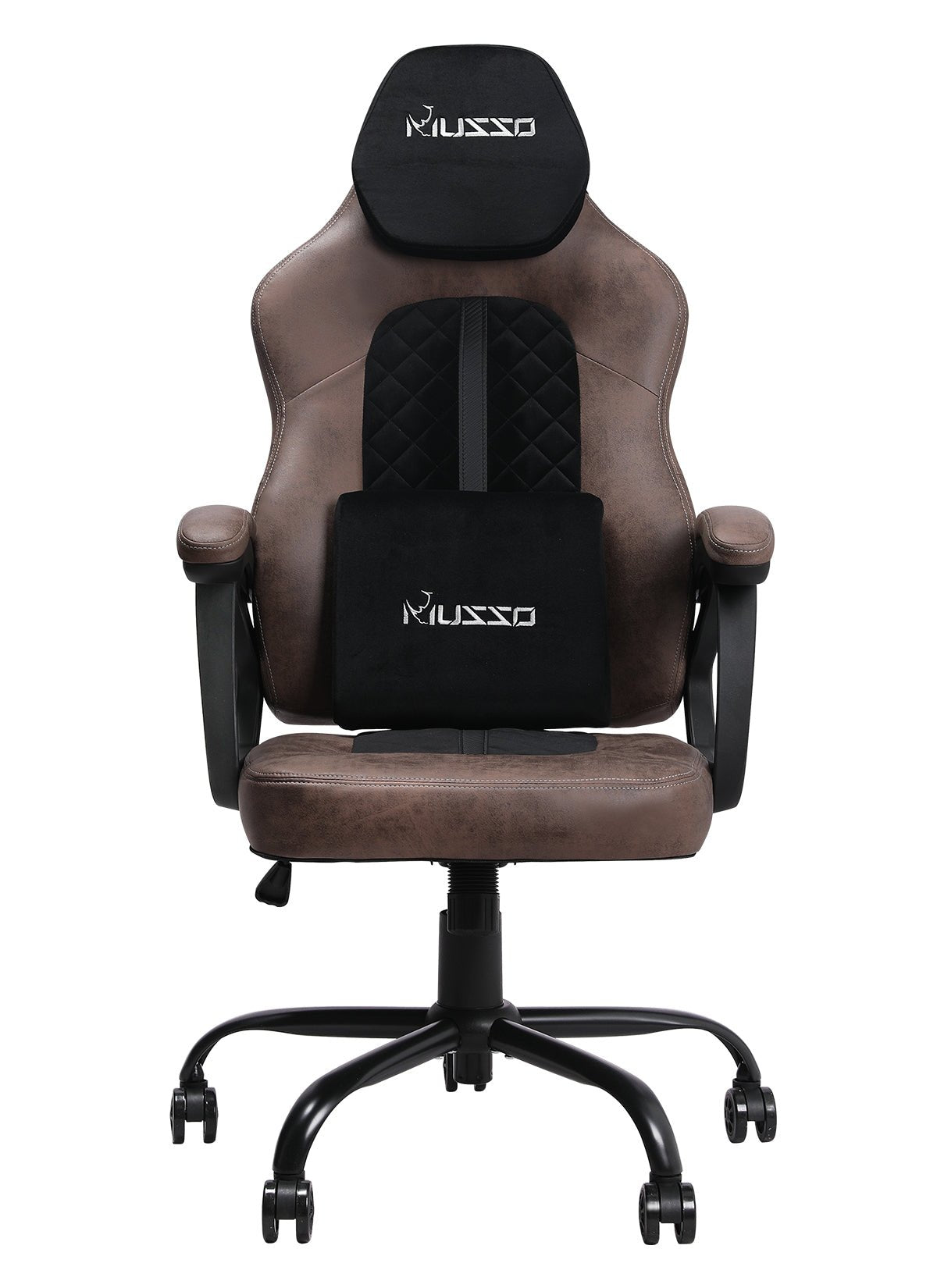Recently bought an expensive ergonomic chair, but it doesn’t feel comfortable no matter how you sit in it? Don’t rush to return it — you’re probably just experiencing the “break-in period” that all high-quality ergonomic chairs go through.
Why is an adaptation period necessary?
Imagine you’ve always worn ill-fitting shoes and suddenly switch to a pair of professional running shoes that perfectly support your arches. It’s normal to feel uncomfortable at first — and the same applies to ergonomic chairs.
The underlying science: Over the years, we develop poor posture habits, and our muscles and joints adapt to incorrect positions. When a chair “pulls” you back into proper alignment, your body naturally feels unfamiliar and even resistant.
Common discomforts
Back pain: Especially when using lumbar support for the first time.
Firmer feel: A stark contrast to the softness of a sofa.
Adjustment confusion: So many levers and knobs — how do you use them all?
Feeling “restricted”: As if the chair is preventing you from slouching freely.
These ergonomic features are designed to help you maintain healthy posture during long sitting sessions, but your body needs time to adapt to this new support system.
How to smoothly navigate the break-in period
Week 1: Avoid prolonged, continuous use. It’s best to alternate between your new chair and your old one every two hours to give your body a rest.
Proper adjustments are key:
Seat height: Ensure both feet are flat on the floor and your thighs are parallel to the ground.
Lumbar support position: It should align with the natural curve of your lower back — neither too high nor too low.
Armrest height: Elbows should form roughly a 90-degree angle when your arms hang naturally.
Backrest angle: It should support your lumbar curve — not too upright, not too reclined.
Week 2: Gradually increase your usage time and start experimenting with the various adjustment features to find the settings that suit you best.
Transformation after the break-in period
After about 2–4 weeks, most users experience a “moment of realization”:
Reduced lower back stiffness in the morning
Noticeably less fatigue after long working hours
A newfound comfort that makes you look forward to sitting down
An immediate difference when you sit in a regular chair again
Notable exceptions
Of course, not all discomfort is part of the normal adaptation process. You may need to reconsider your chair if you experience:
Sharp, tingling, or numb sensations (possible nerve compression)
Persistent, severe discomfort lasting more than a month
A chair size or shape that’s clearly mismatched with your body
Conclusion
Investing in a good chair is like developing a good habit — it takes deliberate practice at first, but once you adapt, the benefits are long-lasting. Give your new chair time, and give your body time to relearn correct posture. After all, the returns on your health investment are never immediate.
So — are you and your ergonomic chair still in the break-in period?


